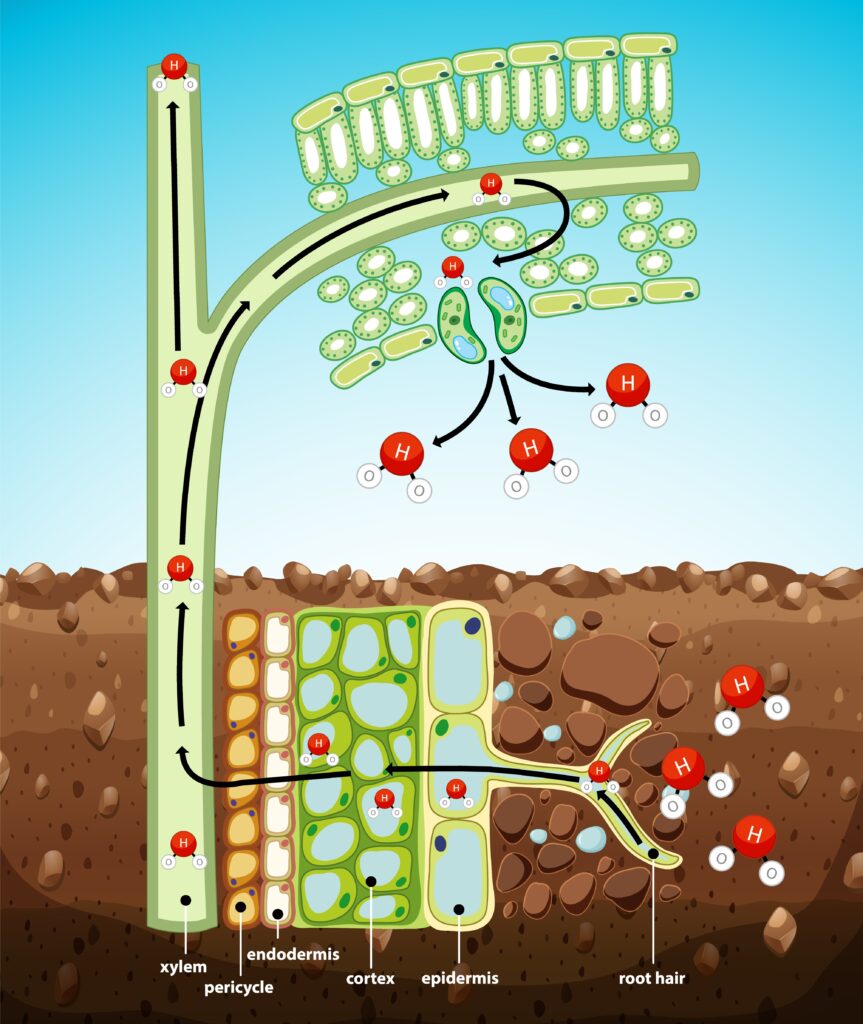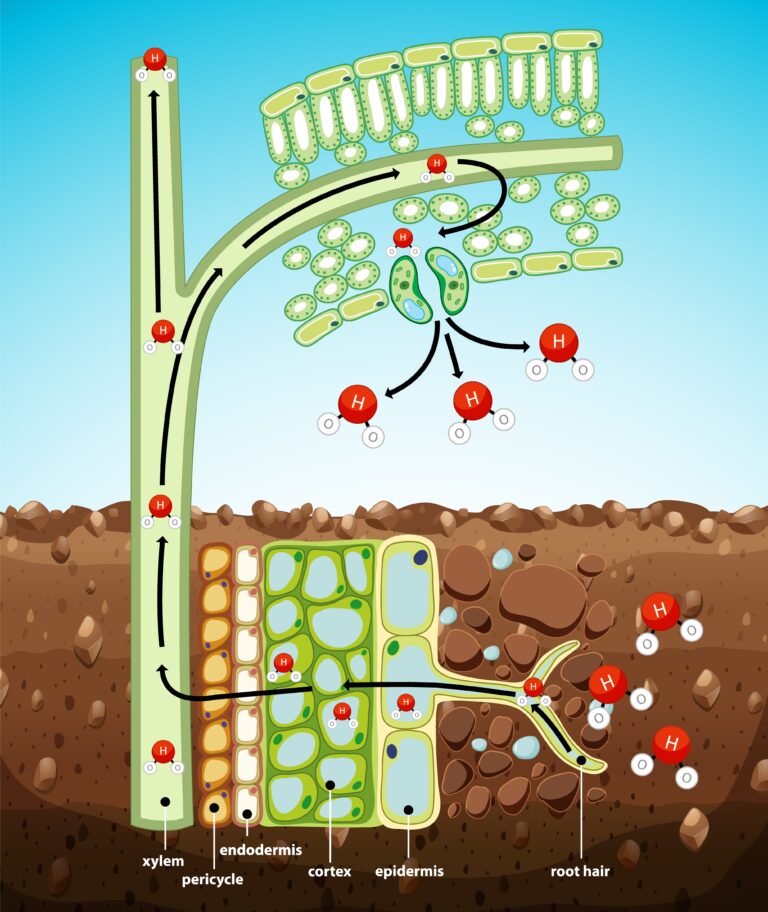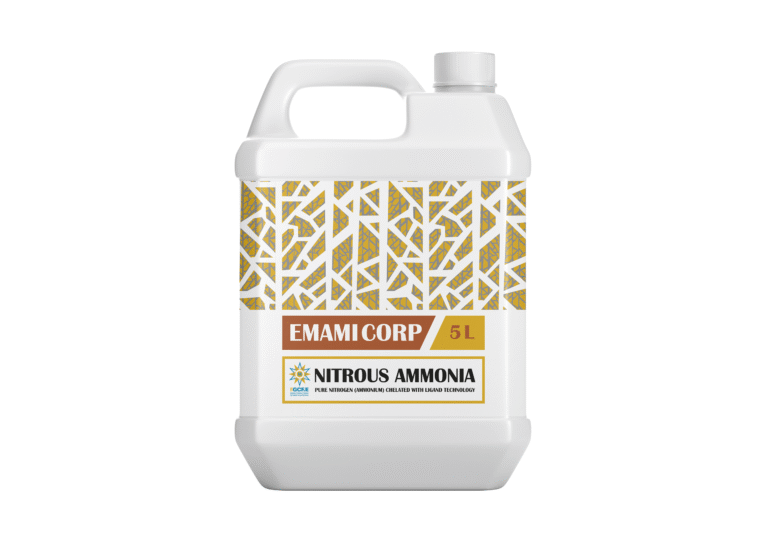Osmotic Potential and Mass Flow: Foundations and Importance
The basis of this process is osmotic potential. In osmotic potential, the source or “mother” is pure water or distilled water. Distilled water contains no salts, ions, or nutrients, so its electrical conductivity (EC) is zero, and consequently, its osmotic potential is zero as well. As nutrients or dissolved substances are added to water, the EC increases, calculated based on the total dissolved solids (TDS). Multiplying TDS by 2 gives the EC value. However, osmotic potential behaves oppositely to EC and is negative in value. Thus, as water moves away from being pure, EC rises, and osmotic potential becomes more negative.
A fundamental physical law forms based on the concentration gradient: dissolved substances and water move from areas with higher EC (less negative osmotic potential) to areas with lower EC (more negative osmotic potential). This seems contradictory but is crucial and effective in plant nutrition science.
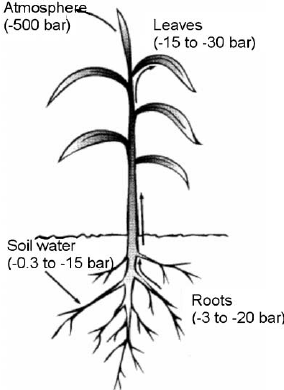
To better understand, imagine the place with more negative osmotic potential (higher EC) as the “child” and the place with less negative (closer to zero) osmotic potential as the “mother.” In nature, the mother tries to nurture the child and remove the negative from it. Likewise, water and nutrients move from the “mother” (less negative osmotic potential) to the “child” (more negative osmotic potential) to balance the system.
For example, soil water has an osmotic potential of about -20, while plant roots have about -40. This means soil water (“mother”) moves toward roots (“child”), bringing nutrients and water. Next, the stem has an osmotic potential around -60, so water moves from roots to stem, and then to leaves with osmotic potential near -100. Buds, fruits, and flowers have even more negative osmotic potentials, driving nutrient flow into them. Ultimately, water moves up to the atmosphere, which can have an osmotic potential as low as -500, especially under dry, sunny conditions.
Thus, the final “child” in this process is the atmosphere, pulling water from soil through the plant, an essential cycle for life on Earth. If this mass flow cycle slows or stops, life would be severely threatened.
Why is Mass Flow Critical for Life?
There are two main reasons (among many others):
- Essential nutrients like nitrogen, calcium, magnesium, and sulfur are absorbed mainly through mass flow. For example, 99% of nitrogen uptake relies on mass flow, along with 88% calcium, 73% magnesium, and 94% sulfur. These macronutrients are vital for plant nutrition.
Phosphorus and potassium do not mainly depend on mass flow, but 75% of major nutrient uptake is via this process. Since life depends on plants (which are autotrophs and produce their own food through photosynthesis), and other organisms depend on plants, this process is vital for the whole ecosystem.
Photosynthesis depends on chlorophyll, whose key structure—the porphyrin ring—contains magnesium and nitrogen, both delivered by mass flow. Without mass flow:
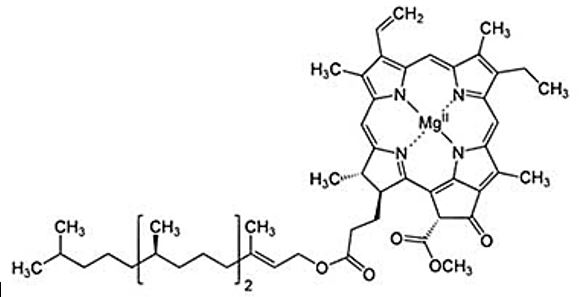
No water absorption
No nitrogen and magnesium uptake
No porphyrin ring formation
No chlorophyll
No photosynthesis
No autotrophic life
Collapse of life on Earth
Calcium is essential for plant growth, especially shoot and root growth. It plays a vital role in cell division through turgor pressure (internal cell pressure from water). Calcium absorbed by mass flow triggers enzymes that loosen cell walls for division and growth. If water absorption decreases, calcium uptake drops, cell turgor weakens, and cell division and growth stop—leading to halted plant growth, flower, and fruit development.
Additional Notes on Hormones and Growth Regulation
Plant growth and development depend on hormones, divided into:
- Promoters: Gibberellins, auxins, cytokinin
- Inhibitors: Abscisic acid, ethylene
Hormones regulate growth phases like flower and leaf development and root growth. Many hormones are produced in one organ but act elsewhere, requiring transport through the plant, which is strongly linked to mass flow.
Mass flow depends on transpiration (evaporation of water from leaves). When transpiration slows (due to high humidity, excessive watering, or cloudy weather), mass flow and hormone transport slow down, stopping growth and development.
Active and Passive Nutrient Uptake
- Active uptake requires energy (ATP) produced by aerobic respiration. Ions like potassium and sodium move via ion pumps, crucial for stomatal function and ion balance.
- Passive uptake requires no energy.
Without sufficient oxygen (e.g., waterlogged soil), ATP production stops, active uptake ceases, causing severe nutrient deficiencies and plant damage.
Summary
Mass flow, driven by osmotic potential gradients and transpiration, is fundamental for water and nutrient movement from soil through the plant to the atmosphere. It supports nutrient uptake, hormone transport, photosynthesis, growth, and ultimately sustains life on Earth. Any disruption in this cycle can cause plant stress, halted growth, and ecological collapse.
[1] Gibberellin
[2] auxin
[3] Cytokinin
[4] Abscisic acid
[5] Ethylene
[6] Evapotranspiration
[7] Flower absission
[8] Absorption
[9] Adenosine triphosphate

